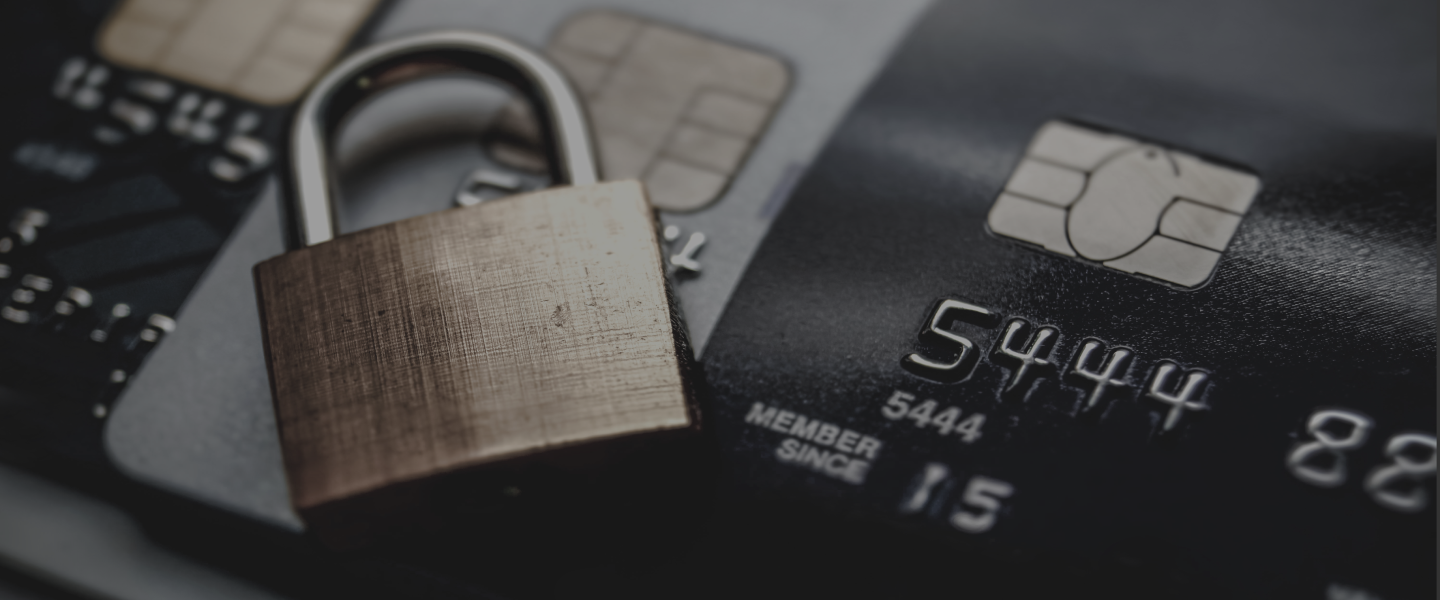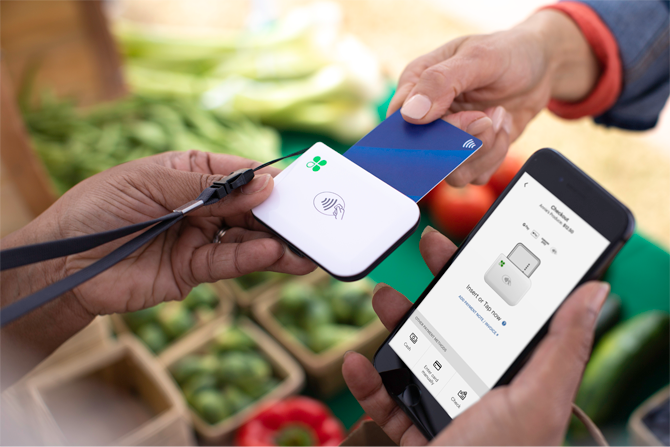Powerful protection for every transaction.
Patented Tokenization
Tokenization is the process of replacing valuable information with irreversible tokens that are useless to hackers, should a network experience a breach.
- Protects credit card data in transit and at rest
- Stores data in a secure, off-site vault
- Keeps vulnerable data off of your systems
PCI-Validated Point-to- Point Encryption (P2PE)
P2PE protects every transaction by encrypting the credit card data at the point-of-sale, through its full lifecycle.
- Validated by the PCI SSC
- Reduces burden of compliance management
- Provides card-present protection for any integration
Keep business and customer data safe from hackers.
Data breaches can often result in payment fraud, which could lead to a host of negative consequences including out-of-pocket losses, penalties, legal fees and even lost consumer confidence.
↑ 41%
According to a year-over-year comparison conducted and reported by the Identity Theft Resource Center (ITRC), the number of victims affetced by a data breach in 2021 had increased by 41.5% percent.

Superior solutions for secure payment processing.
CardSecure's suite of security solutions removes the risk of storing and transmitting sensitive data - not only keeping data safe, but simplifying PCI compliance management for businesses that may struggle with secure payment processing.
Ensure the payments environment adheres to the latest data security standards.
Sensitive data is tokenized including credit card numbers, bank account numbers, social security numbers, and more.
CardSecure reduces time spent on PCI compliance management.
Manage PCI compliance
status with CardPointe.
PCI compliance management can feel overwhelming, but solutions like our payments management portal, CardPointe, make it easy to keep track of.
Gain access to the neccessary tools that guide you through the process of evaluating your PCI compliance - all within the CardPointe portal.
Looking for more payment security tips?
Contact Us
Your success in payments starts here! Please select your partnership type below so we can connect.





